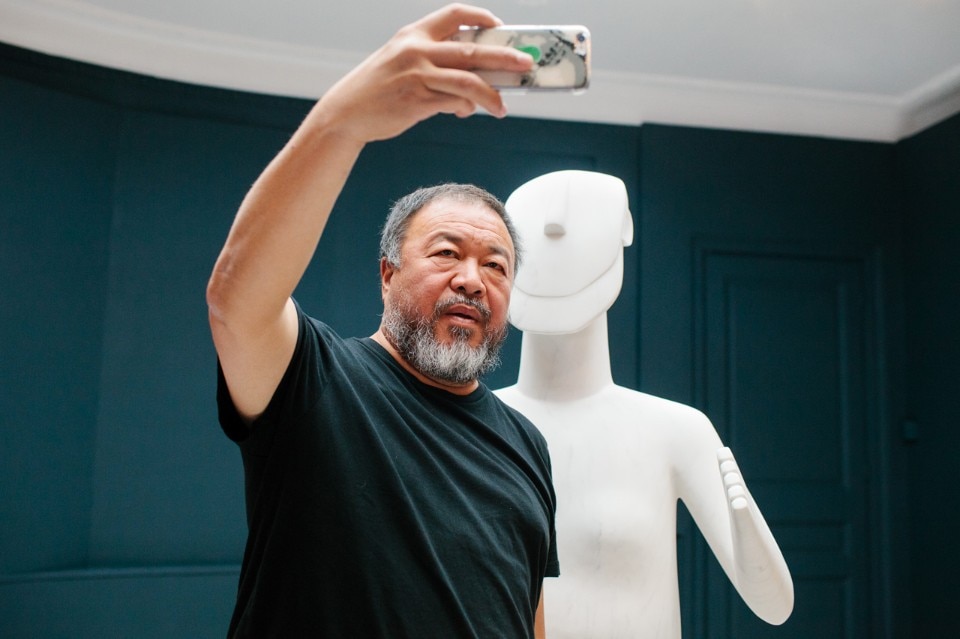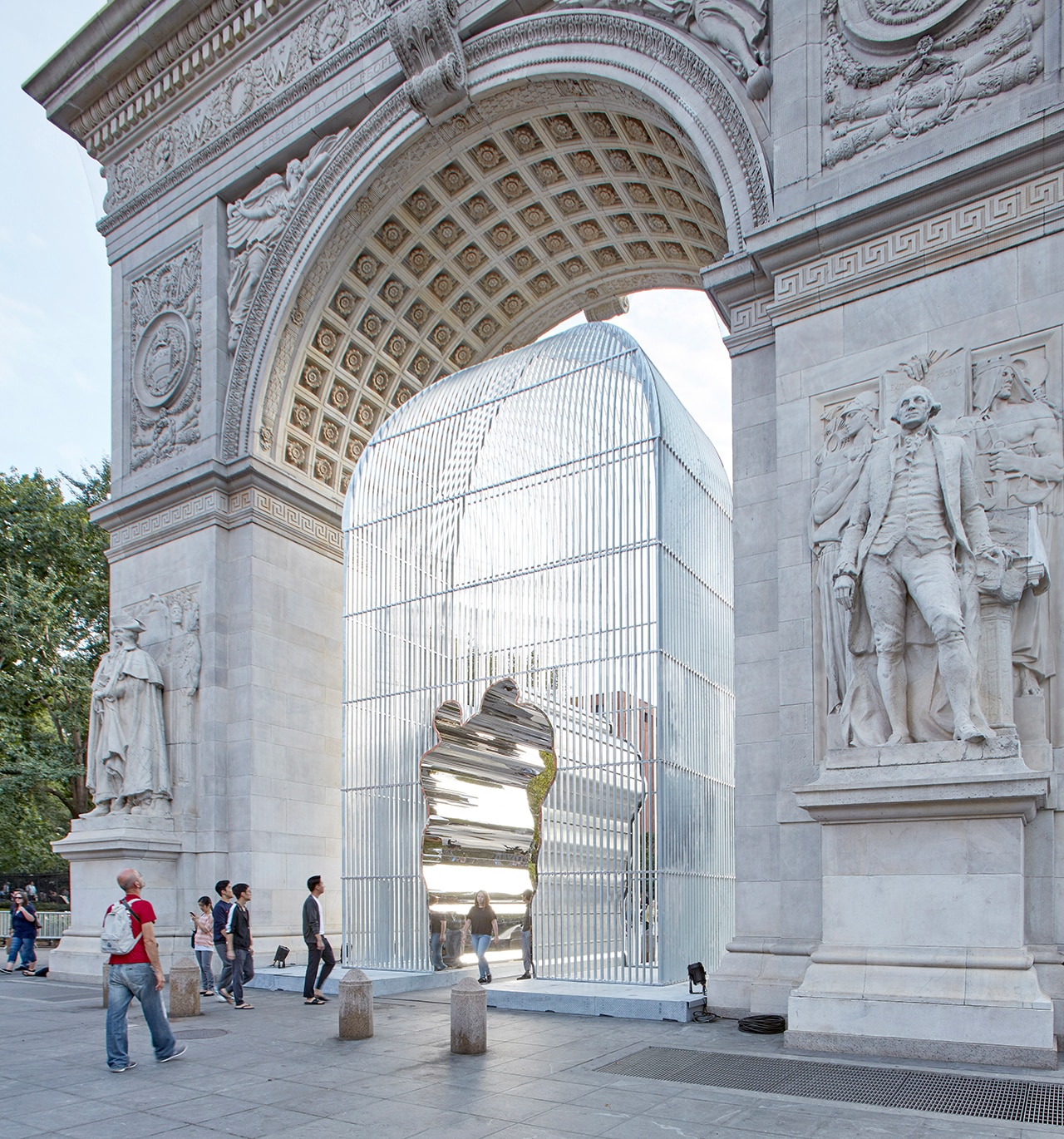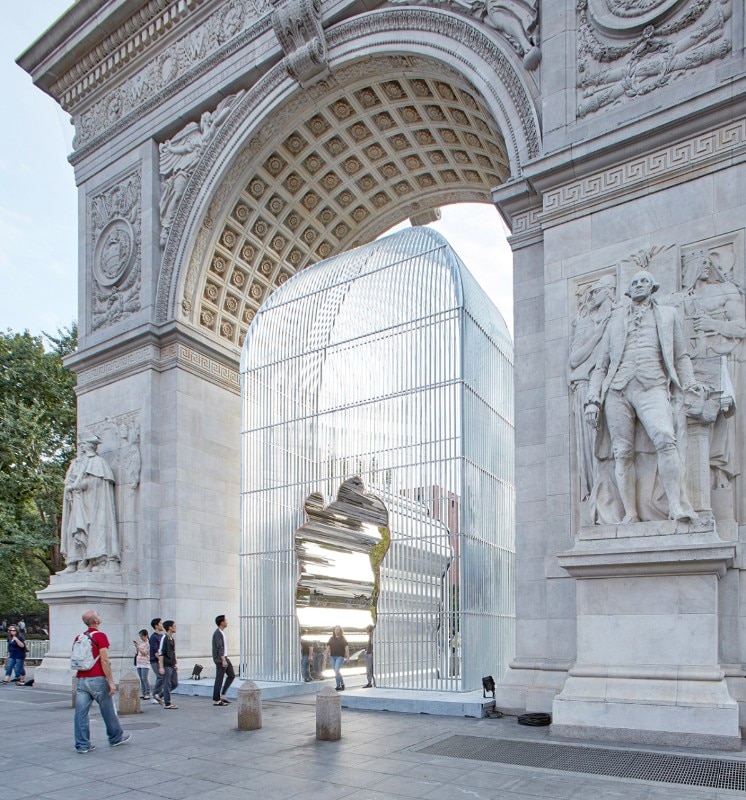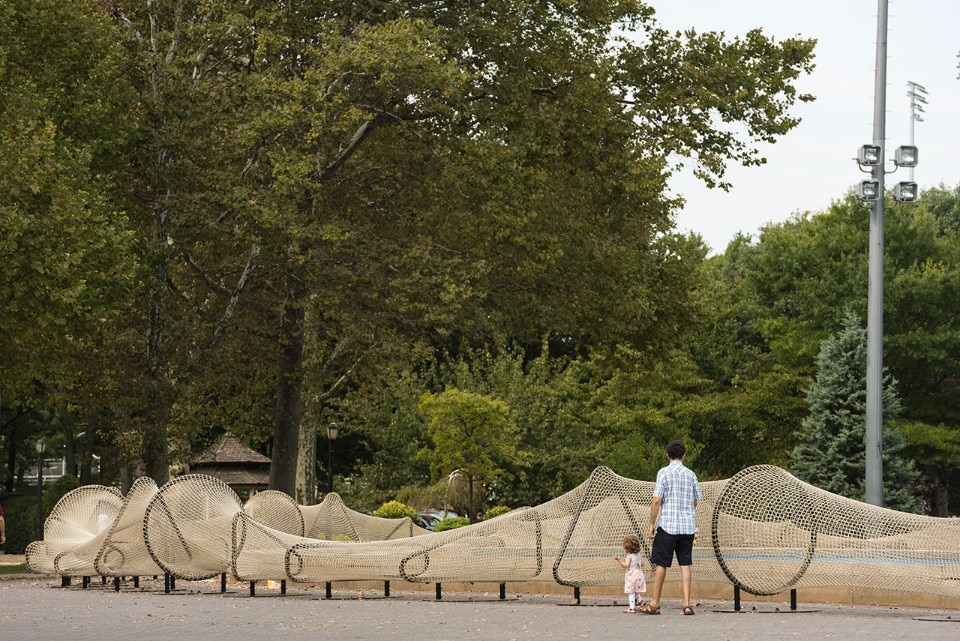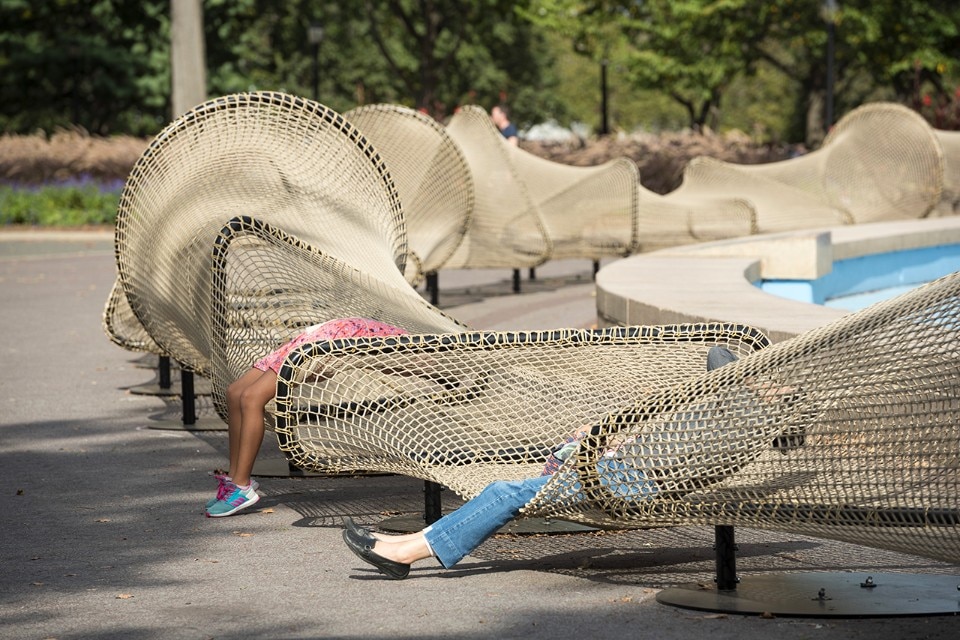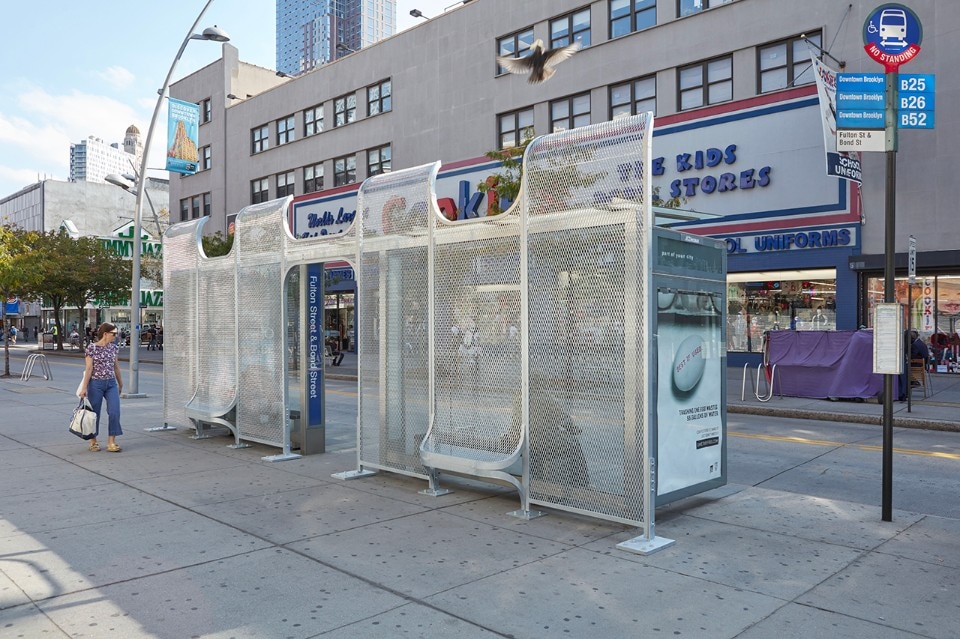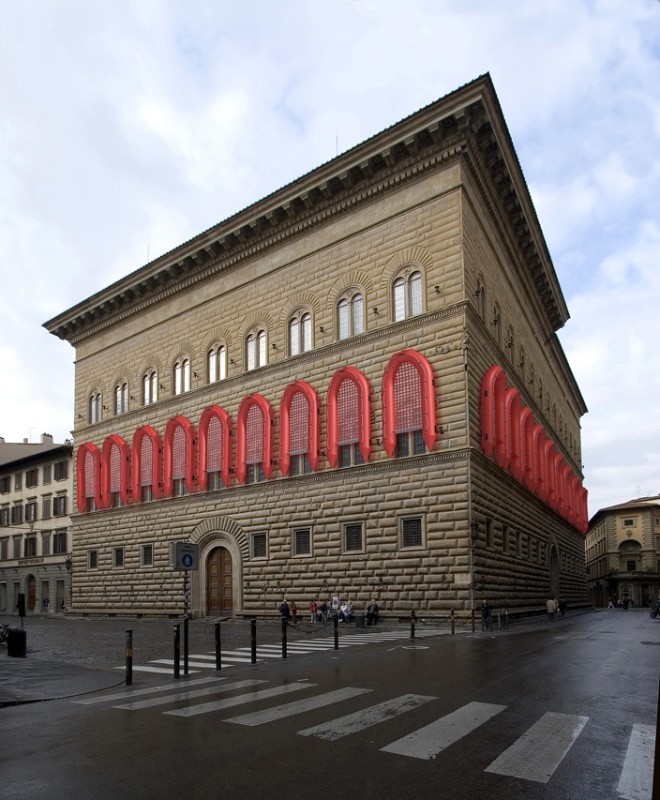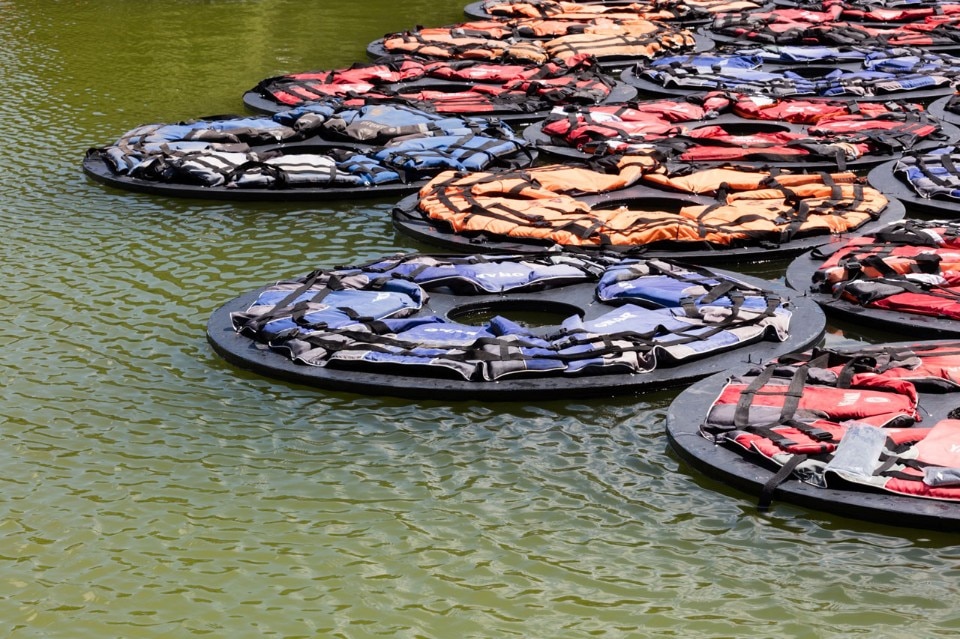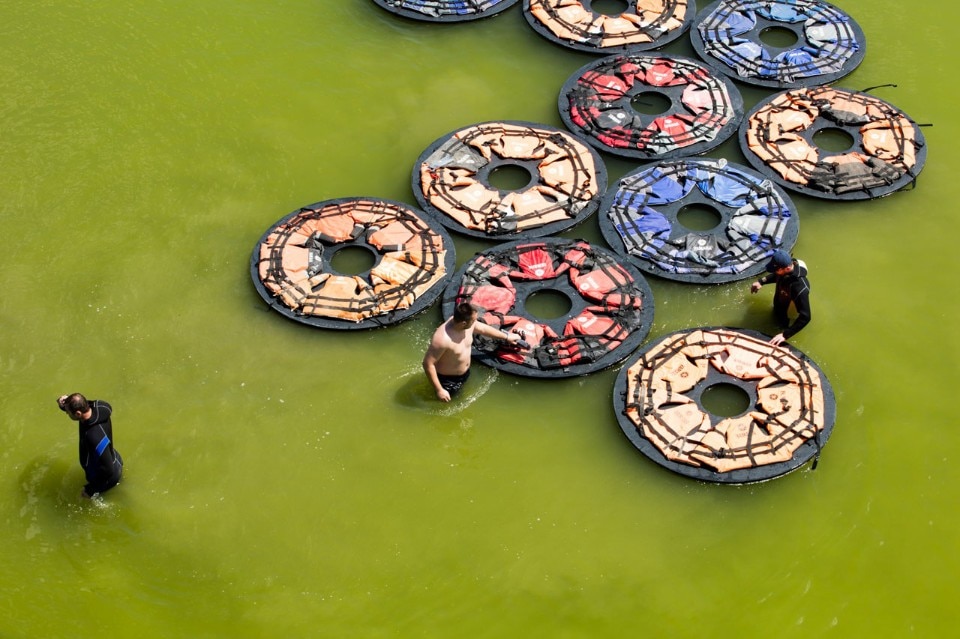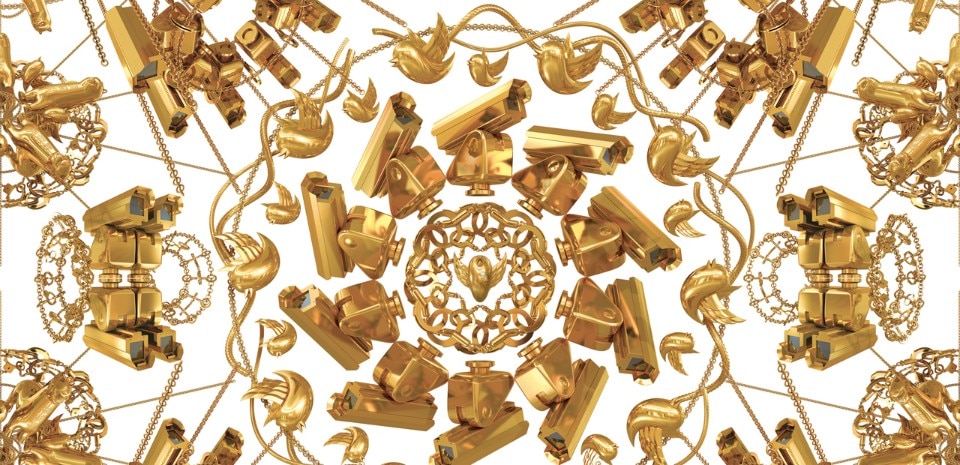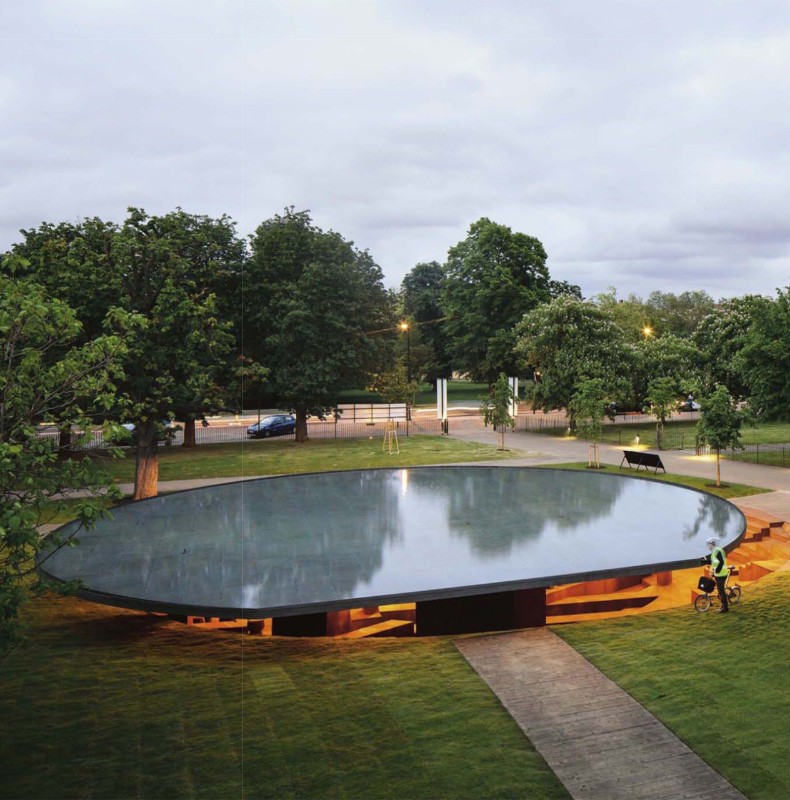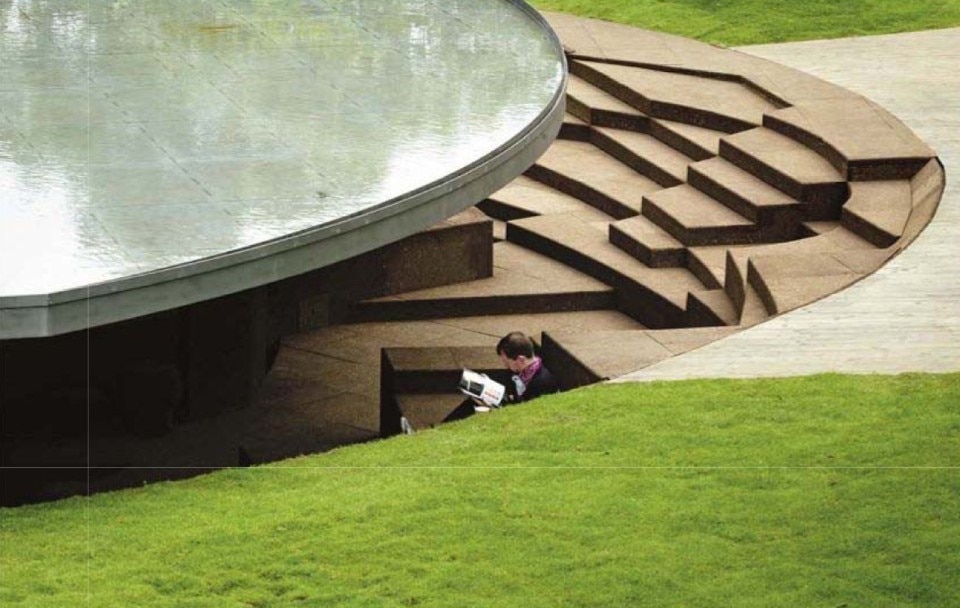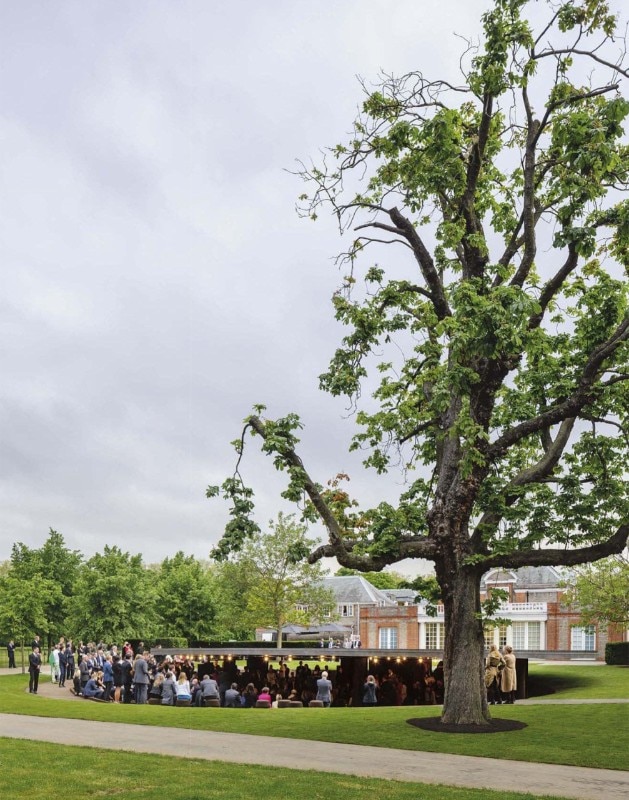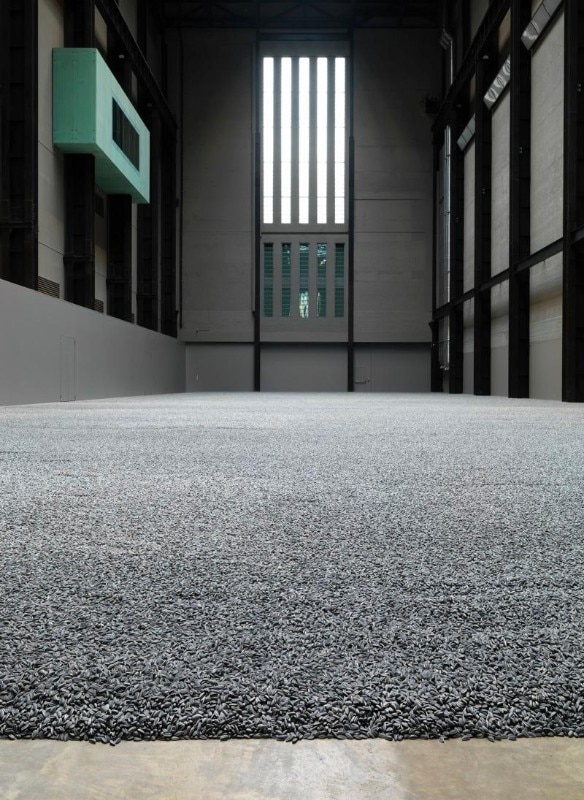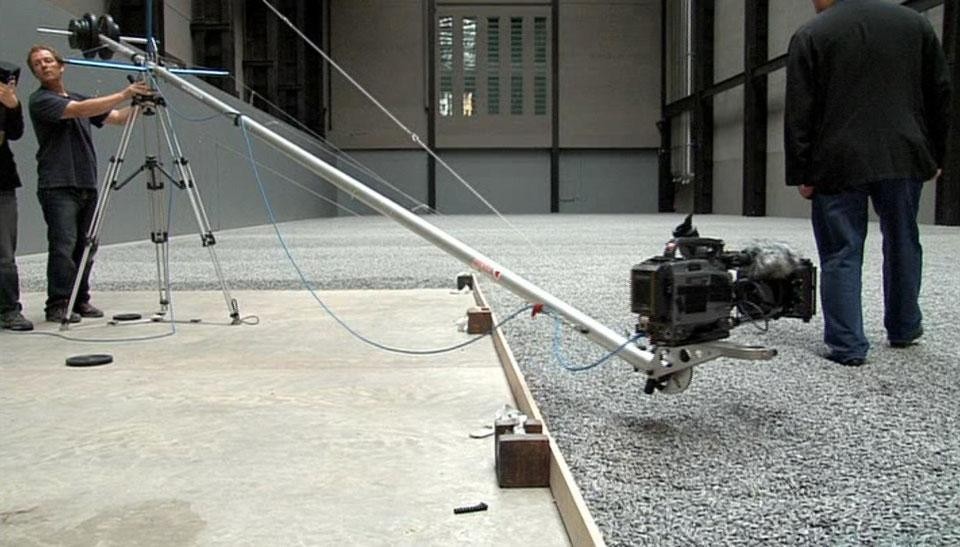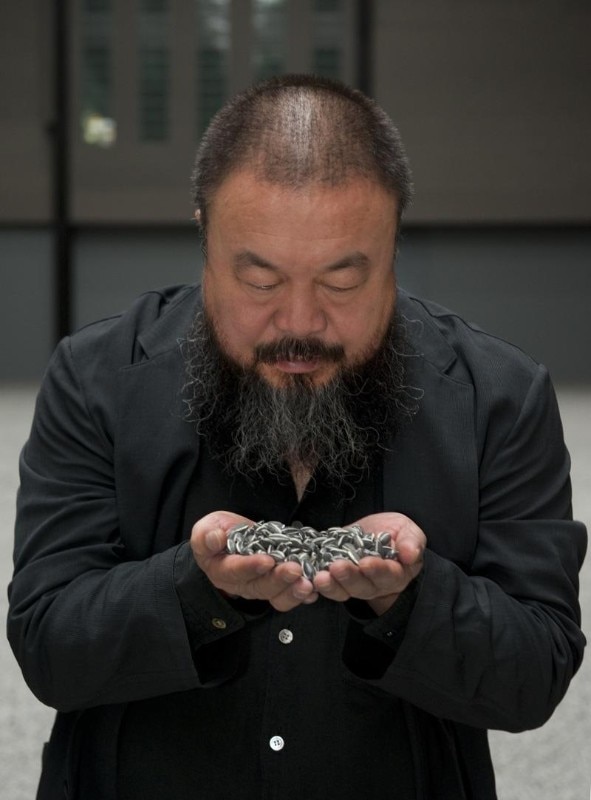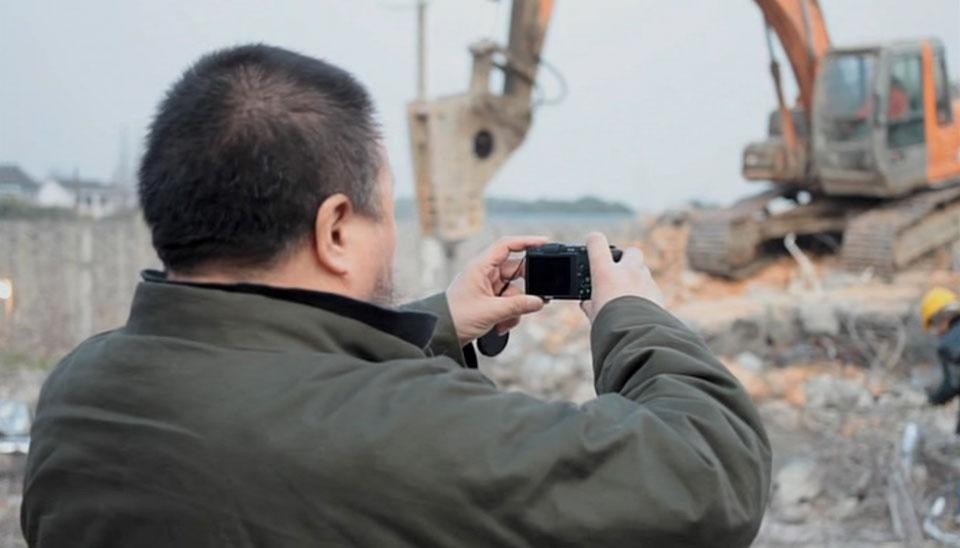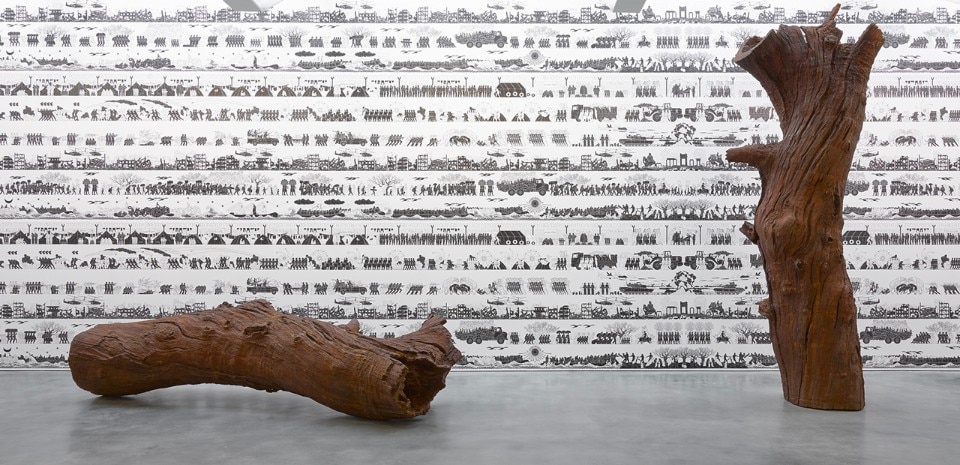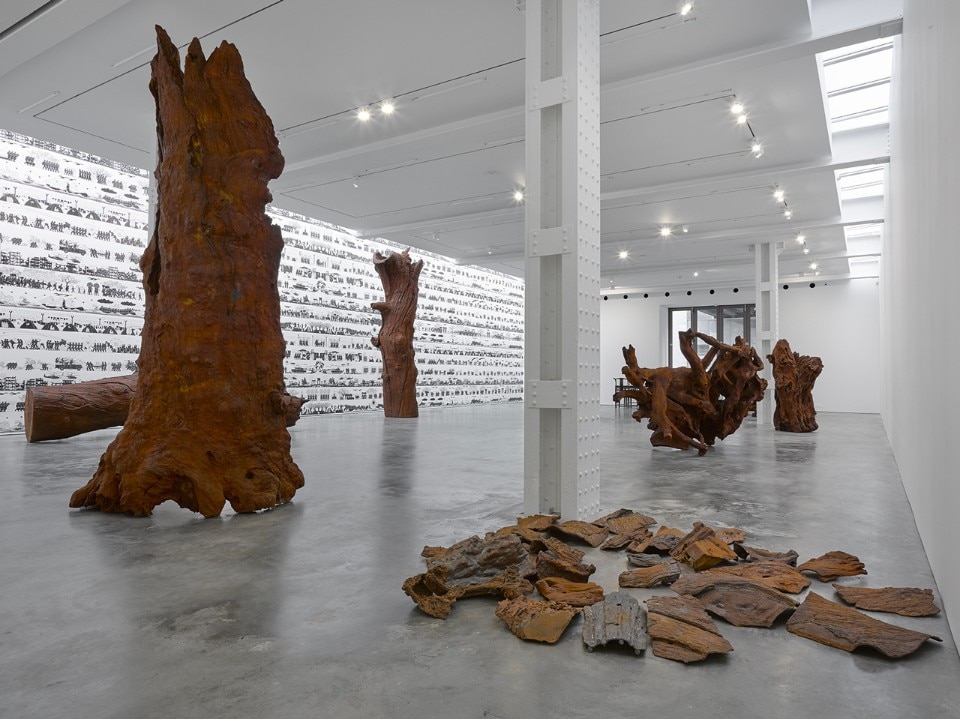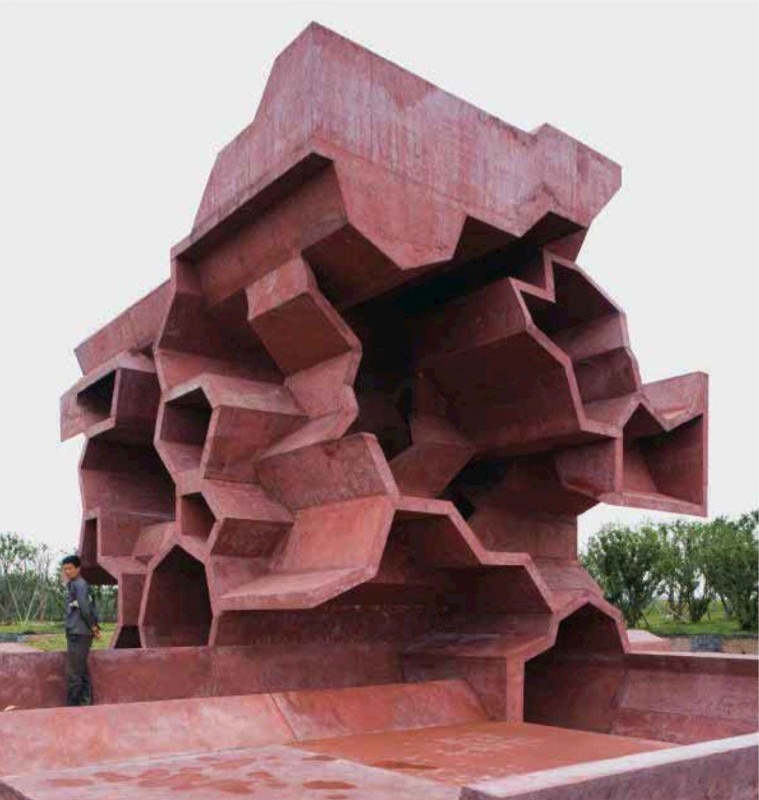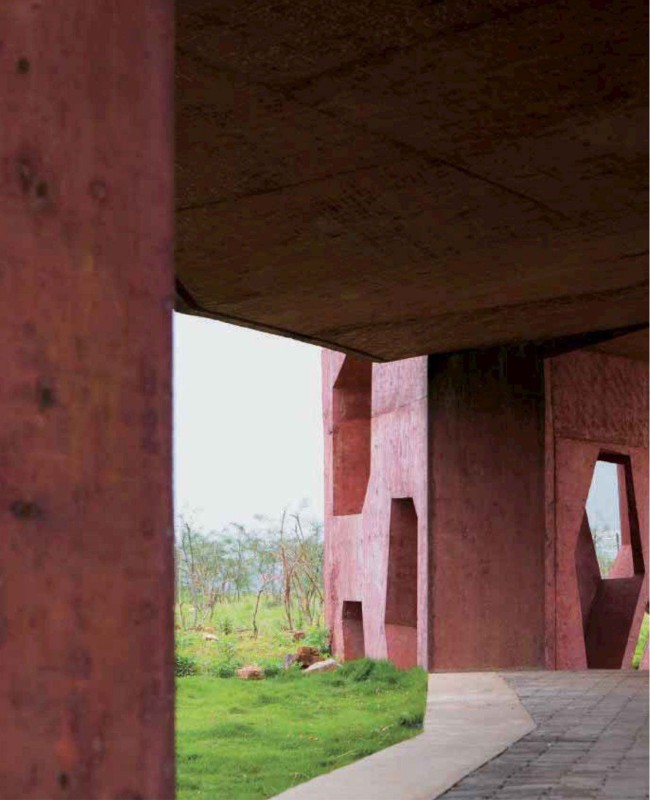Born in Beijing in 1957, Ai Weiwei soon had to move with his family from 1961 to 1976 to the Chinese countryside as a consequence of the denouncing of his father, the well-known poet Ai Qi. After moving back to Beijing, Ai studied movie animation and took part to the art avant-garde movement of the Stars (1978-83); still, in 1981, he moved to the United States, living in Philadelphia and San Francisco to finally settle down in New York. After studying English language in different universities, and starting to attend the Art Students League of New York, Ai dropped from school and started different experimentations, with ready-mades but most of all with photography, investigating the places of his urban life: the famous series called The New York Photographs (1983-93) documents these early years. In 1993, Ai went back to Beijing and opened a fertile period, where he remarkably took part to the realization of Beijing East Village art district, and realized his studio- house in Chaochangdi, where he opened FAKE Design studio later in 2003.
In social media there are no borders: (social media) can redefine human as individual, while making our time very different from the past
His figure has affirmed to the years in the role of a relentless and multiverse political activist, expressing his action in the most different ways, spanning across visual arts, installations, architecture, publications, performances, films and communication.
For a long time, Ai Weiwei has invested huge efforts in the valorization of internet in its potential as an “instrument for democracy”, as he defined it more than once. Starting from the blog he kept between 2005 and 2009, his activity of sharing social criticism (often against Chinese government) and reflections on the value of artistic expression, has successively moved on social networks — Twitter before, and Instagram more recently. Ai is used to employ al possible means to reach out and raise the awareness of the largest possible publics. In 2007, with the Fairytale project, he brought 1001 Chinese citizens in Kassel for Documenta 12, giving their presence the value of a remark and a statement on the relevance of their existence; in 2008, he led a Citizens’ investigation on the victims of school destruction in Sichuan in reason of an earthquake but most of all of deliberate negligence in construction; in 2010, he investigated the political pressure on Chinese judicial system with the One Recluse documentary.
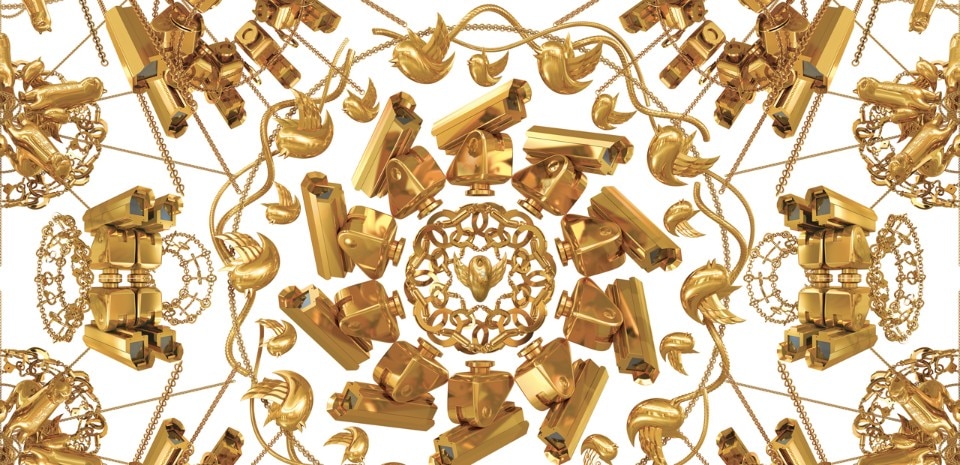
Such activities, and Ai’s public positioning, often caused to him several problems with the law of his home country, with which he always kept a controversial relationship, made of connection and critique: in 2011, his studio in Shanghai was demolished by local authorities, and that same year Ai was arrested, upon official allegation of tax evasion. The three months of his arrest originated a global mobilization for his release through the art world and the activism world: the release came, in the end, but until 2015 Ai was forced not to leave China.
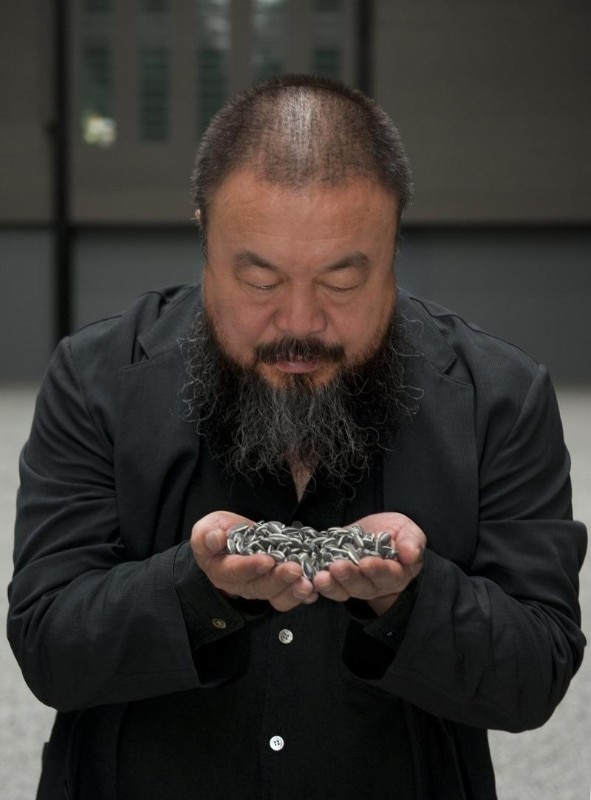
A constant effort of communication and social criticism has therefore found its shape in a vast and extremely diversified panorama of works and techniques by Ai Weiwei as a visual artist. He has constantly brought forward a reflection on the meaning of traditions from his homeland, expressed by the mythological animal heads of Circle of Animals (2011) as well as by the several logs, trees and roots Ai realized in materials differing from wood; tradition is also seen as a capital of ancient techniques, charged with a deep meaning, as it is witnessed by installations made with traditional objects — e.g. the stools for Bang (German pavilion, Venice Art Biennale 2013) — or by objects expressing traditional techniques and a strong sense of social metaphor at the same time, such as the 100 million Sunflower Seeds (2010) for Tate Modern in London, handcrafted and painted in porcelain, symbolizing the power of the unity of people against the oppression of Chinese Communist Party. Political reality is constantly expressed by Ai Weiwei through his work on the ambiguity of ready-made, such as the objects from Forever (2014) — objets trouvés belonging to the Chinese exile of the artist that are reproduced with different materials — or the Surveillance Cameras (2010) reproduced in marble, or transformed in kitschy, hyper-decorated objects for the wallpaper The Animal That Looks Like a Llama but Is Really an Alpaca (2015). Still, the subject of ambiguity has also been tackled by Ai in the sense of its positive potential, as in the public art work Good fences make Good Neighbors (New York, 2017), where the traditional device of division —the fence — is reinterpreted as the place for uses, encounters and citizens’ interaction.
Architecture for me has a strong aesthetic value, and includes moral judgment. There can be very philosophical arguments around architecture: in that sense it relates to art. I really never separate it, it’s only a different way, because it is applied art. So you can always make arguments like ‘is it useful?’ So the judgment is on how you involve through it — how well, I mean — who is going to use it.
Ai Weiwei has in fact developed an active interest towards architecture during his Chinese years, and this articulated in different projects and collaborations with a high value of social connection. Almost all his works in this field have this form of a cooperation or a call to fellow architects to participate in collective works: in 2002, Ai has curated the Jinhua Architecture Park, where he gathered 17 pavilions by different designers, along the river of his father’s hometown; in 2008, he coordinated a masterplan for the Mongolian city of Ordos, envisaging the realization of 100 new residences. Ai Weiwei has cooperated with important architects, such as Pritzker prize winner Wang Shu — who invited him as a lecturer at the China Academy of Arts — and most of all Herzog & De Meuron, with whom he realized the National Stadium in Beijing (or Bird’s Nest, 2008) and the Serpentine Pavilion in 2012 (Hyde Park, London) — characterized by the multiplication of the layers of sky and ground through a water surface floating above a public space.
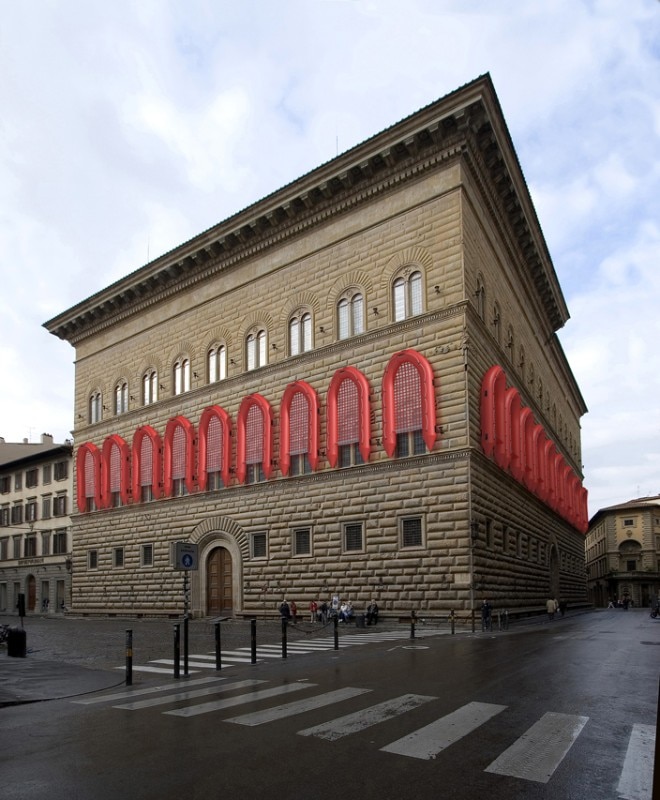
From 2015, after obtaining a passport again, Ai Weiwei has left China and established in Berlin and then — recently — in Cambridge (UK).
During these last years, Ai has carried out an intense activity of awareness raising on the subject of migrations, presented in its dramatic aspects, through installations such as the inflatable rafts hanging from the façades of Palazzo Strozzi in Florence (Libero, 2016), and through the documentary project Human Flow (2017) — also presented in the competition at Venice Cinema Festival — focusing on the global dimension of refugee crisis.
We could all be refugees: parents and grandparents of many of us have been. So helping each other, understanding that one day we could find ourselves on the other side, is a fundamental element to deeply understand the position of these people


